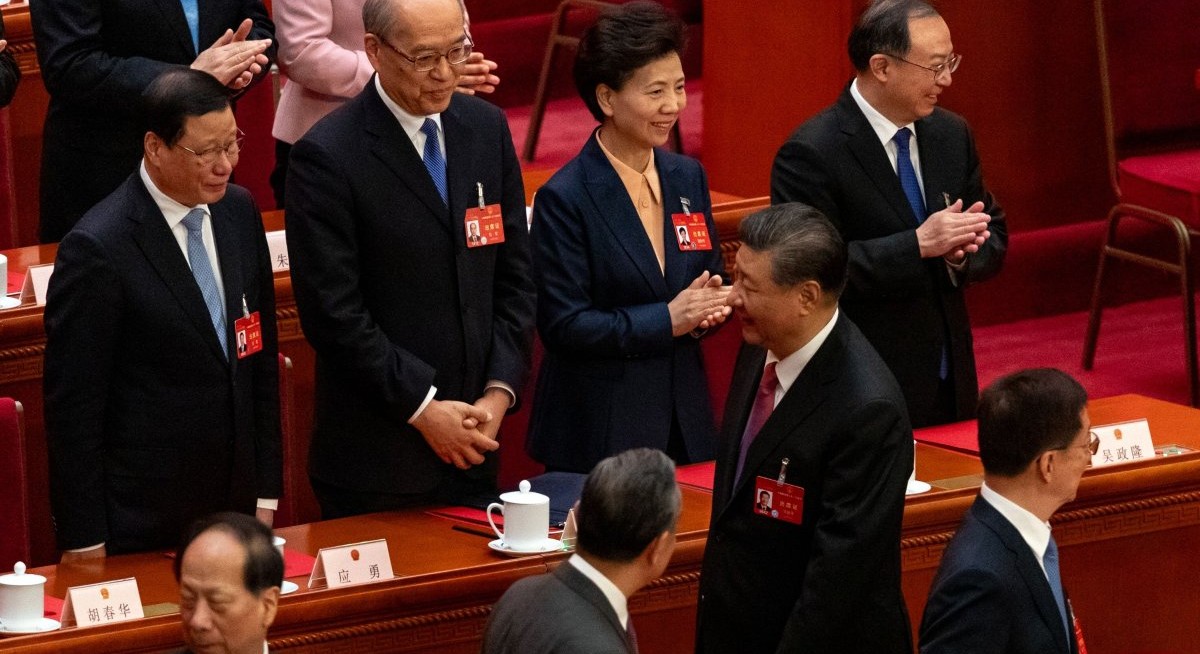The lack of economic stimulus was the most significant disappointment in the Two Sessions work reports and policy announcements. The growth target was again set at around 5%, and many observers took this as evidence that the Chinese recovery had stalled. Many had hoped for higher growth targets boosted by a surge in state-commanded investment in infrastructure and housing. They wanted a repeat of what happened in 2008 and 2009.
This was an unlikely outcome and significantly impacted those who invested in the Chinese market by proxy.
Investing in Australia is popular for this type of investment due to its heavy dependence on the Chinese market. This offers a low-risk avenue to tap into China’s economic growth. For instance, investing in Australian mining companies that export iron ore to China can be lucrative. With no housing incentives, there is no surge in steel demand, and stable demand stems from infrastructure construction. Investors in these suppliers should reassess the underlying fundamentals of China that have historically influenced share prices.
The Two Sessions focused more on the green economy. The objective is to hasten the transition to wind and solar power and reduce the polluting role of coal-fired energy sources.
See also: Hong Kong court to rule on Jimmy Lai’s security case on Monday
This policy decision was the second part of a double whammy for proxy investors in China. Australia produces both coking coal, which is used in steel production, and thermal coal, which is used for electricity generation. The increased roll-out of green energy sources substantially reduces the demand for thermal coal.
Investments in Australian coal miners are no longer as attractive as they were. The acceleration of the green energy transition will substantially impact the profitability of these Australian mining operations.
It is not all bad news for these proxy investors: While iron ore and coal top the list of Australian exports to China, there are emerging export areas that offer the opportunity to ride the Chinese economic recovery.
See also: China Vanke seeks one-year extension on second local bond
The rare earth sector is at the forefront. China is the primary supplier of rare earths. With a growing focus on advancing technology, China’s demand for rare earths surges, causing a shortfall in global supply as its exports dwindle. Australian miners bridge this gap by exporting to China and beyond. Although overproduction currently weighs on prices, rising domestic demand from China is poised to tighten global supply, offsetting these pressures.
A green economy also requires huge increases in the supply of copper and nickel. Indonesia offers exposure to these commodities. Across the Causeway, Malaysia is developing an advanced chip capacity to meet demand.
In this case, the “Twin Sessions” policy creates new opportunities unrelated to working with China. Some investors find this a more comfortable exposure.
The Two Sessions also provided a pathway for the further easing trade restrictions on some major Australian exports to China. This has already happened with barley and some agricultural products. It is anticipated that tariffs on wine will also soon be relaxed.
These shifts pave the way for these exports to regain ground in China. Treasury Wines and Grain Corp, Australian-listed firms, stand to gain from this market reopening. It signals a resurgence in proxy investments in China, buoyed by policy cues from the Two Sessions.
Technical outlook for the Shanghai market
The Shanghai Index is creeping away from resistance near 3,080. This is not unexpected and does not mean the uptrend is collapsing. Resistance levels act as barriers to uptrend price moves by their very nature. If the level is weak, the market will quickly punch through it. If the level is well established, it is more difficult for an uptrend to push through it.
For more stories about where money flows, click here for Capital Section
Often, as with the 3,080 level, the feature has acted as a support level in the downtrend and then as a resistance level in a downtrend rebound. This is the second time the 3,080 level has been tested as a resistance feature. The first time was in November 2023.
We expect to see some sideways consolidation movement around this level before the market sets a new direction. While the index clusters along the upper edges of the short-term Guppy Multiple Moving Average (GMMA) indicators, the uptrend is more likely to continue.
Compression in the short-term GMMA shows that the uptrend’s impetus is weakening, which increases the probability of a retreat. The behaviour of the long-term GMMA signals whether this retreat is temporary or a major change in the trend.
Compression in the long-term GMMA confirms the retreat is more likely to develop into a new downtrend. The downside target is near the value of the downtrend line, currently 2,540.
The lack of compression in the long-term GMMA shows investors are bullish and are actively buying because they believe the retreat is a temporary blip in an otherwise strong uptrend.
The behaviour of the index around the 3,080 level is critical in understanding how the uptrend will continue. Currently, the balance of probability favours a renewed breakout above 3,080 with an upside target near 3,240. This target is calculated by taking the width of the trading band and projecting this upwards. This trading band calculation successfully projected the index recovery target at 2,920 and again at 3,080.
Daryl Guppy is an international financial technical analysis expert. He has provided weekly Shanghai Index analysis for mainland Chinese media for two decades. Guppy appears regularly on CNBC Asia and is known as “The Chart Man”. He is a former national board member of the Australia-China Business Council. The writer owns China stock and index ETFs




